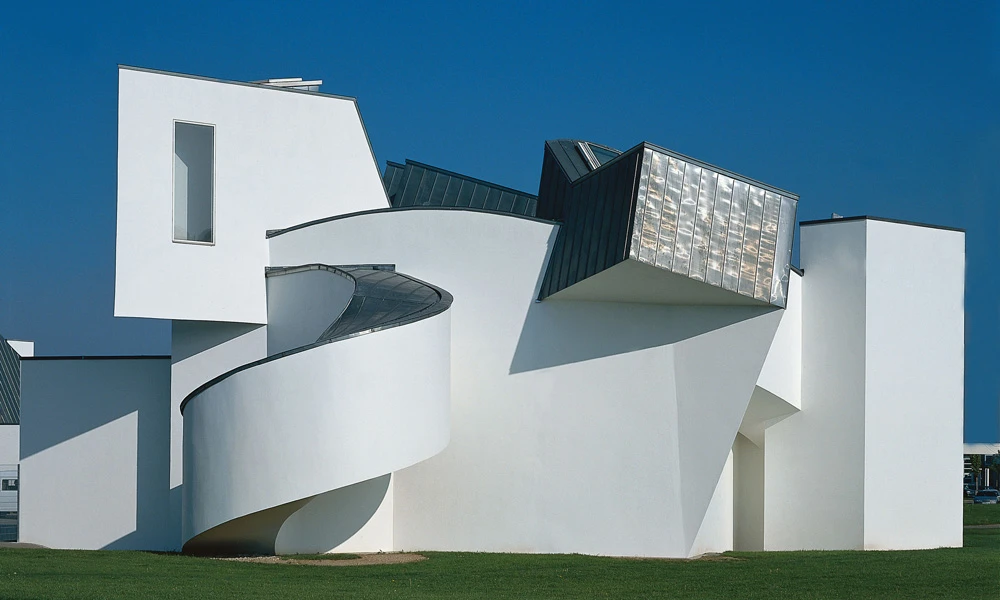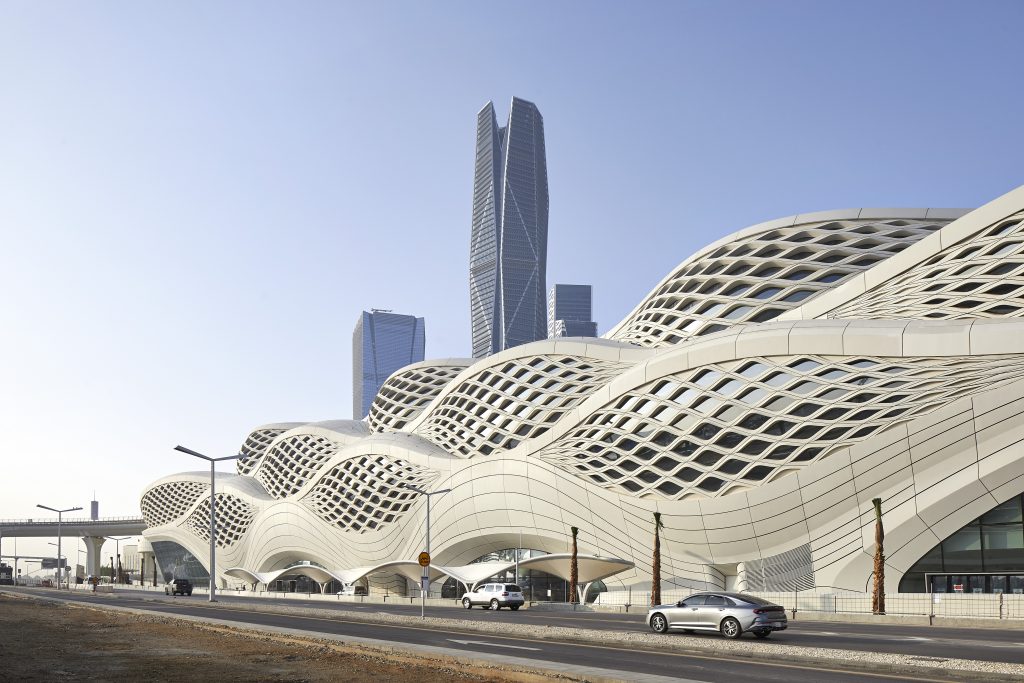The skyline of a city is its signature, a collective portrait of its history, ambition, and innovation. Every towering skyscraper and magnificent public structure is the result of a visionary mind that dared to dream beyond the conventional. These architectural visionaries shaping skylines are more than just designers; they are artists, engineers, and social commentators who understand that a building is not just a place to live or work, but a powerful statement about our culture and values. They are the leading minds who blend aesthetics with function, and who are creating structures that are both awe-inspiring and deeply rooted in their environment. Their work has a profound impact on the urban experience, influencing how we move, how we interact, and how we see our world.
This comprehensive article will celebrate the achievements of some of the most influential architects in the world, exploring their unique design philosophies, their most celebrated projects, and the lasting legacy they are creating. We will delve into how they are addressing pressing global issues like climate change, social equity, and cultural preservation, and how their work is redefining what a building can be. Our goal is to provide a detailed, in-depth look at the forces shaping the future of our cities and the brilliant minds leading the charge.
Frank Gehry

Frank Gehry is a Canadian-American architect known for his distinctive and audacious sculptural style. His work is a powerful expression of deconstructivism, a movement that challenges traditional architectural forms and instead favors fragmented, non-rectilinear shapes. Gehry’s buildings appear to be in a constant state of motion, with their twisted, undulating surfaces and their use of unconventional materials like titanium and corrugated metal. His philosophy is rooted in a desire to break free from the rigid boxes of modernism and create a more fluid, expressive, and dynamic architecture.
A. The Guggenheim Museum Bilbao: This museum in Bilbao, Spain, is widely considered Gehry’s masterpiece and a landmark in 20th-century architecture. The building’s exterior is a swirling cascade of titanium panels that change color with the light and appear to be in constant motion. The museum’s design revitalized the city, turning a former industrial port into a global tourist destination. It is a powerful testament to architecture’s ability to act as a catalyst for urban renewal and cultural transformation. The building’s complex, computer-aided design made it a feat of engineering, proving that audacious artistic vision could be realized.
B. The Walt Disney Concert Hall: Located in Los Angeles, this concert hall is a magnificent fusion of art and music. The building’s exterior is a series of shimmering, stainless steel curves that seem to flow and ripple like music. The interior is a warm, wood-paneled space with a main auditorium that has been praised for its exceptional acoustics. The building is not just a venue; it is a musical instrument in itself, designed to enhance the experience of both the performers and the audience.
C. The Louis Vuitton Foundation: This art museum in Paris is a brilliant example of Gehry’s mastery of glass and steel. The building is composed of a series of large, glass sails that seem to float over a collection of white, concrete blocks. The design is both a modern architectural marvel and a nod to the grand glass houses of the 19th century. The building’s complex, computer-generated form and its fluid, expressive aesthetic have made it a global landmark.
Renzo Piano
Renzo Piano is an Italian architect known for his elegant, high-tech, and human-centric designs. His philosophy is rooted in a deep commitment to combining cutting-edge technology with a sense of lightness and transparency. Piano’s work is characterized by its meticulous attention to detail, its use of natural light, and its ability to create a seamless connection between a building’s interior and its urban environment. He is a master of creating public spaces that are both technically brilliant and deeply inviting.
A. The Centre Pompidou: Co-designed with Richard Rogers, this building in Paris is a masterpiece of high-tech architecture. Its design is a radical departure from traditional museum forms, with its structural, mechanical, and circulation systems all exposed on the exterior. The building’s bold, industrial aesthetic and its focus on flexibility and public access made it a global landmark. The Pompidou Center is a cultural machine that is both a work of art and a powerful statement about the transparency of a modern institution.
B. The Shard: Located in London, The Shard is a magnificent example of Piano’s work on a grand scale. The building is a massive, shard-like form with a glass facade that reflects the sky and the city below. The building’s design is a testament to its commitment to sustainability, with a double-glazed facade that provides natural ventilation and reduces energy consumption. The Shard is not just a building; it is a vertical city, with a mix of offices, a hotel, and public viewing platforms that offer a new perspective on the city’s skyline.
C. The California Academy of Sciences: This museum in San Francisco is a brilliant example of Piano’s commitment to sustainability and human-centric design. The building features a “living roof” with a series of undulating hills that are covered with native plants. The roof acts as a natural insulator and a rainwater collector, reducing the building’s energy consumption and its environmental footprint. The museum is a beautiful and inspiring example of how a building can be a seamless fusion of nature and technology.
Norman Foster
Sir Norman Foster, a British architect, is a leading figure in the high-tech architectural movement. His work is characterized by its meticulous attention to detail, its use of advanced technology, and a deep commitment to environmental sustainability. Foster’s philosophy is rooted in the belief that buildings should be highly efficient, intelligent, and flexible. He is a pioneer in using glass, steel, and aluminum to create clean, light-filled spaces that are both beautiful and functional. His work has transformed skylines across the globe, from London to New York to Hong Kong.
A. The Gherkin (30 St Mary Axe): This iconic skyscraper in London is a masterpiece of sustainable design. Its unique, cylindrical shape is not just for looks; it is an aerodynamic form that reduces wind loads. The building’s diamond-patterned steel exoskeleton provides structural support, allowing for an open, column-free interior. The Gherkin also features a sophisticated ventilation system that allows natural air to flow through the building, reducing the need for air conditioning.
B. Apple Park: The corporate headquarters of Apple in California is a testament to Foster’s dedication to integrated and sustainable design. The massive, ring-shaped building is a seamless blend of architecture and landscape. Its design focuses on natural light, open space, and a deep connection to the surrounding environment. The building’s central courtyard is a lush park, and its circular form encourages collaboration and movement. The building’s exterior is a single, continuous curve of glass, a true engineering feat.
C. The HSBC Main Building: This skyscraper in Hong Kong is a masterpiece of high-tech architecture. The building’s structural and mechanical systems are all exposed, and its design features a series of movable solar reflectors that can be adjusted to control the amount of sunlight entering the building. The building’s design is a powerful statement about the importance of transparency and technology in a modern financial institution.
Zaha Hadid

The late Zaha Hadid, an Iraqi-British architect, was a true revolutionary. She was known for her radical deconstructivist designs that defied traditional geometry. Hadid’s work is characterized by its fluid, fragmented forms, and a sense of movement and dynamism. She was a pioneer in using computational design to create complex, non-linear structures that would have been impossible to build just a few decades ago. Her legacy is one of boldness, innovation, and a fearless pursuit of the avant-garde.
A. The Heydar Aliyev Center: Located in Baku, Azerbaijan, this cultural center is a prime example of Hadid’s signature style. The building is a flowing, curvilinear form that seems to melt into the landscape. It has virtually no straight lines, and its design was made possible only through sophisticated computational modeling. The structure’s unique form required extensive research and the development of new construction techniques.
B. The London Aquatics Centre: Designed for the 2012 Summer Olympics, this building features a stunning wave-like roof that appears to float above the pools. The design mimics the fluid motion of water, creating a sense of harmony with its function. The sweeping, parabolic roof is a feat of engineering, and its lightweight structure demonstrates how complex forms can be achieved with innovative materials and construction methods.
C. The Galaxy SOHO: In Beijing, Hadid’s Galaxy SOHO is a futuristic complex of four main domes connected by a series of twisting bridges and platforms. The design creates a continuous, uninterrupted interior space that flows from one dome to the next. The fluid, silver-clad exterior reflects the urban landscape, creating a sense of both movement and stillness.
Conclusion
The architectural visionaries shaping skylines are more than just designers; they are artists, engineers, and problem-solvers who are defining the future of our cities. Their work is a powerful testament to the idea that a building can be a symbol of human ambition, a masterpiece of engineering, and a powerful statement about our values. From Gehry’s audacious, sculptural forms to Piano’s elegant, human-centric designs, and from Foster’s high-tech sustainability to Hadid’s fluid, curvilinear spaces, each of these architects offers a unique and invaluable contribution to the built environment.
They have shown us that the greatest structures are not just those that are visually stunning but also highly functional, energy-efficient, and conducive to human well-being. They have pioneered new materials, embraced sustainability, and used technology as a tool for creative expression. Their creations stand as a testament to the power of imagination and the pursuit of excellence. The legacy of these visionaries is a world filled with structures that inspire, challenge, and delight us. They remind us that buildings can be more than just places to work or live; they can be monuments to our collective dreams and our unending quest for progress. As we look to the future, it is clear that the next generation of iconic buildings will continue to be born from a fusion of audacious vision and brilliant engineering, carrying on the tradition of these true masters.





